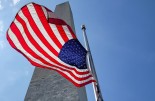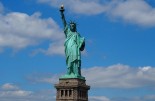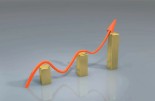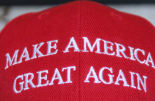Schroders: Inflation up, growth down, and a huge dollop of uncertainty
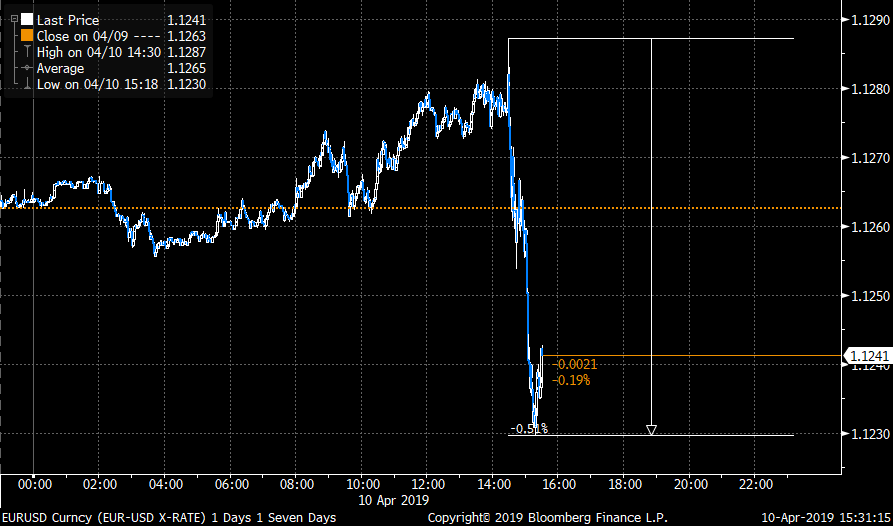
In response to international trade tariffs announced in the last 24 hours, Johanna Kyrklund, Group Chief Investment Officer, Schroders and George Brown, Economist at Schroders outline what this means for economic growth, inflation and the countries likely to be hardest hit.
Johanna Kyrklund, Group Chief Investment Officer, Schroders:
Certainly, Trump’s opening salvo points to higher tariffs than we were expecting, and our economic forecasts are being adjusted downwards with an expectation of around 1% US GDP growth for 2025. This leads us to reduce our weight in equities, and we see value in government bonds as a hedge against the risk of recession for the first time in this cycle. We continue to like gold as it benefits from both weaker growth and the more structural risk posed by rising debt levels.
Going forward the reaction of the rest of the world will be critical. The countries on the list will have to make their decision either to retaliate and escalate the war – or to contemplate reducing their trade imbalance with the US. How long this will take will also matter for the market.
But let’s also try and tease out some positives. Trump’s framework, laid out on a physical chart, is clear. One might dispute the approach – of using each country’s trade deficit with the US – but by applying the principle of imposing 50% of the calculated rate they have laid out a clear framework for negotiation. This might feel like a game of snakes and ladders, but at least we are starting to understand the rules. That gives markets a basis for pricing these risks.
George Brown, Economist, Schroders:
Overview
President Trump’s highly anticipated reciprocal tariffs were more punitive than expected. Based on our calculations, the administration’s actions to-date will lift the effective US tariff rate by a further 17.6 percentage points to 25.3%.
Before accounting for any retaliation, we conclude this could roughly push up US inflation by 2% and hit growth to the tune of 0.9%. Several countries have indicated they will retaliate with countermeasures, so the risk remains of even higher tariffs to come.
For the Federal Reserve, the stagflationary impact of the tariffs puts them between a rock and a hard place. In the near-term, we think the path of least resistance will be inertia, given the heightened uncertainty around what the economic impact of tariffs will be.
For other central banks, the mix of countermeasures and fiscal support by their governments will also complicate their jobs. But broadly we expect the Bank of England and the ECB to insure against risks by cutting rates further, whereas the Bank of Japan is likely unable to raise interest rates any further this year.
Tariff overview: how they were calculated, and who gets hit
The tariffs were devised using an unconventional approach based on the US trade deficit with trading partners. Trump claims this is the “true” tariff levied on US exports by each country.
For countries whose tariff is calculated to be above 10%, the US will impose a reciprocal tariff equal to half of this. As an example, Beijing is estimated by the administration to levy a 67% tariff on US exports and so will face an additional 34% tariff on top of the 20% imposed since Trump’s inauguration. For all other countries, except Canada and Mexico, the administration will impose a 10% baseline tariff.
Tariffs’ potential impact on the US and elsewhere
The administration’s actions to-date are estimated to lift the effective US tariff rate by a further 17.6 percentage points to 25.3%. Before accounting for any retaliation, we judge this would roughly push up US prices by 2% and hit growth to the tune of 0.9%.
By comparison, a simple like-for-like retaliation would have added just another 1.3 percentage points to the effective tariff rate and had a marginal economic impact.
Outside of the US, the economic impact of the reciprocal tariffs varies considerably. Canada and Mexico will be breathing a sigh of relief, given that over 2.5% of their GDP is embedded in final US demand for manufactured goods.
On the other end of the scale, Asian economies have generally been hit hard. Both China and Vietnam are likely to experience losses more than 0.5% of GDP. Whereas the EU and Japan are probably somewhere in the middle, as they face a hit of around 0.2% to GDP.
The prospect of retaliatory tariffs
Outcomes depend on how countries choose to respond. While the White House has indicated that the reciprocal tariffs could be negotiated down, several countries have instead indicated that they will retaliate with countermeasures. As such, the risk instead appears to be skewed towards higher-still tariffs.
As an illustrative example, if the administration were to impose the full reciprocal tariffs, this would further lift the US effective tariff rate to 35.6%.
Fallout for interest rates
The stagflationary impact of the tariffs (growth down, prices up) puts the Federal Reserve between a rock and a hard place. In the near-term, we think the path of least resistance will be inertia, given the elevated uncertainty about what the economic impact of them will be.
Further down the line, the rising risk of a recession does mean that the committee could deliver more than the four cuts currently in the ‘dot plot’ by the end of 2026.
For other central banks, the mix of countermeasures and fiscal support by their governments will also complicate their job. But broadly we would expect the Bank of England and the ECB to take out insurance against downside risks by cutting rates further, whereas the Bank of Japan is likely to be unable to raise interest rates any further this year.



